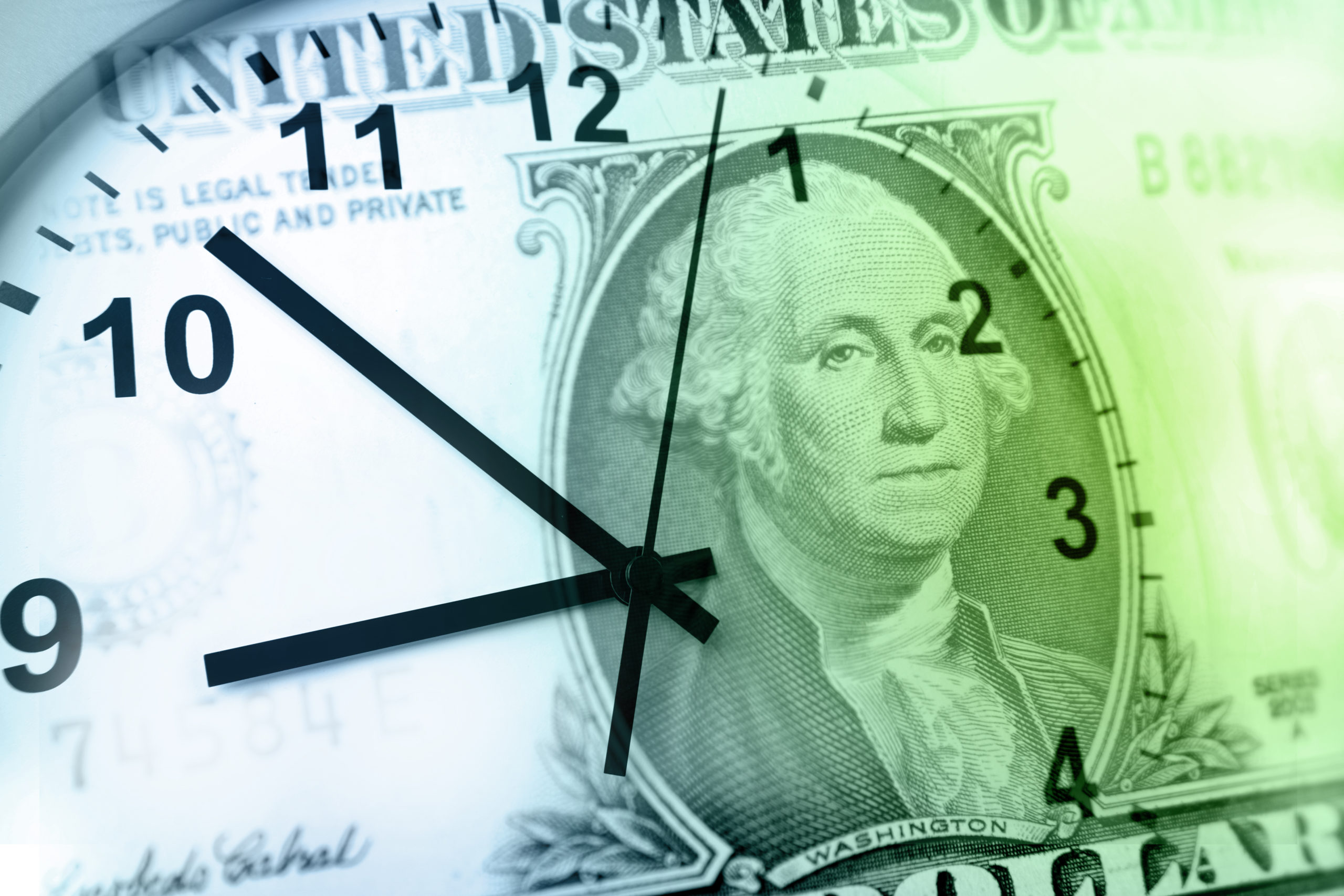As of the beginning of April, Amazon’s Prime Now customers in six cities could choose between paying $7.99 for a delivery in one hour and a free delivery in two. Ordering my Jacob’s Wonderbar Coffee from Philz in San Francisco, I could have gotten next day delivery in N.J. for $74.11. (I selected regular mail from the USPS.)
Where are we going? That “last mile” is about more than delivery time.
The Buy and Sell Sides of Free Delivery
The Customer Side
As a customer, we care more about “free” delivery than fast delivery. In a survey, a group of online shoppers said that 75 percent of the time they chose the least expensive shipping option even if it meant a multi-day delay. A teeny 1 percent of the time, speed trumps all else.
The Retailer Side
Retailers know that they can use delivery time to differentiate themselves from other similar sellers. However, free delivery is expensive. We could even say “free” delivery has become a commodity that retailers sell. Comparing shipping expenses and payments, the difference for Amazon in 2013 was a whopping $3.54 billion ($3.1 billion in payments; $6.64 billion spent on shipping).
To offset the expense, retailers are responding with order size incentives:

A second response is coming from innovative third parties (as here at Econlife). Because, for example, the cost of same day delivery will make it unscalable for the retailer, more providers will enter the market and normalize price.
Our Bottom Line: Tradeoffs
The bottom line is that there is no such thing as a free delivery. Instead, consumers and retailers experience a host of tradeoffs that relate to time and money.
Always, I guess we should “Remember that time is money.”
Ben Franklin (1748 Advice to a Young Tradesman)






